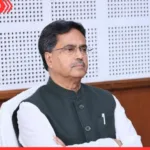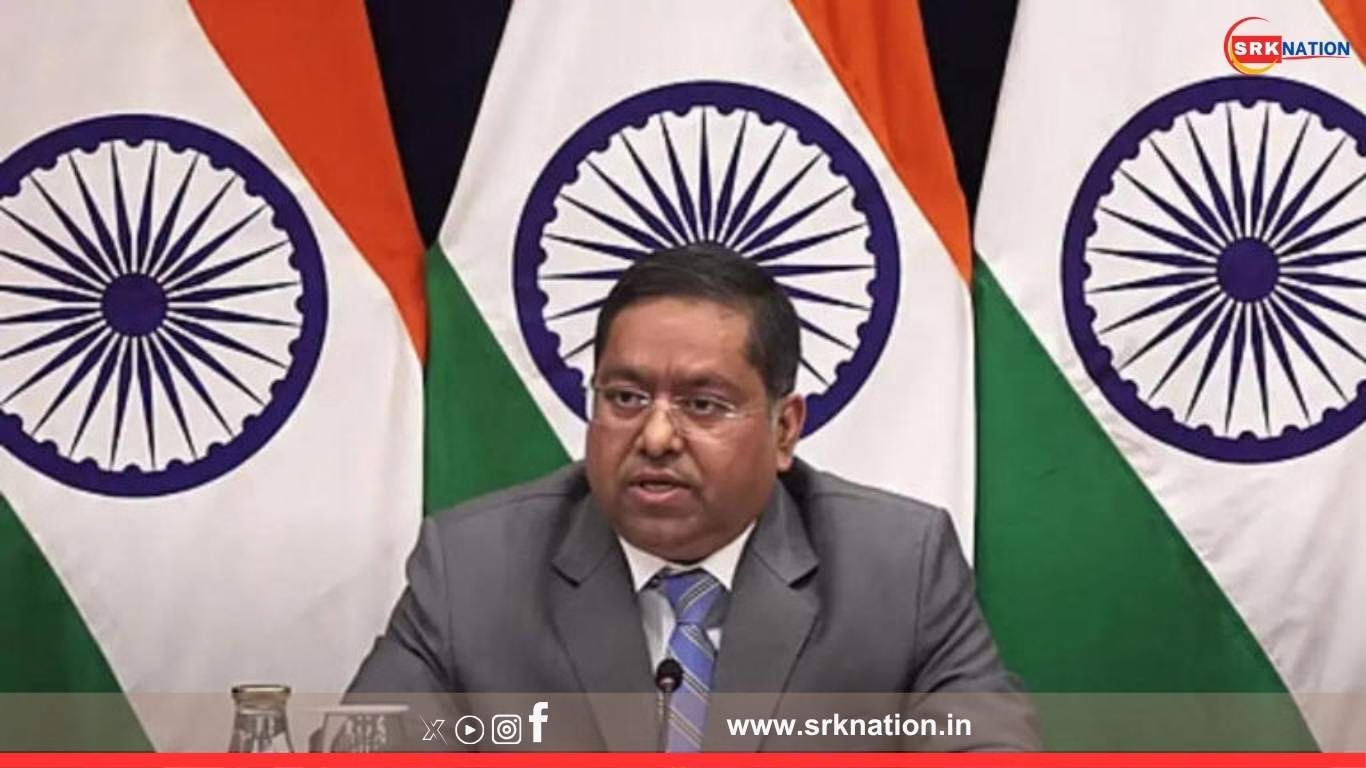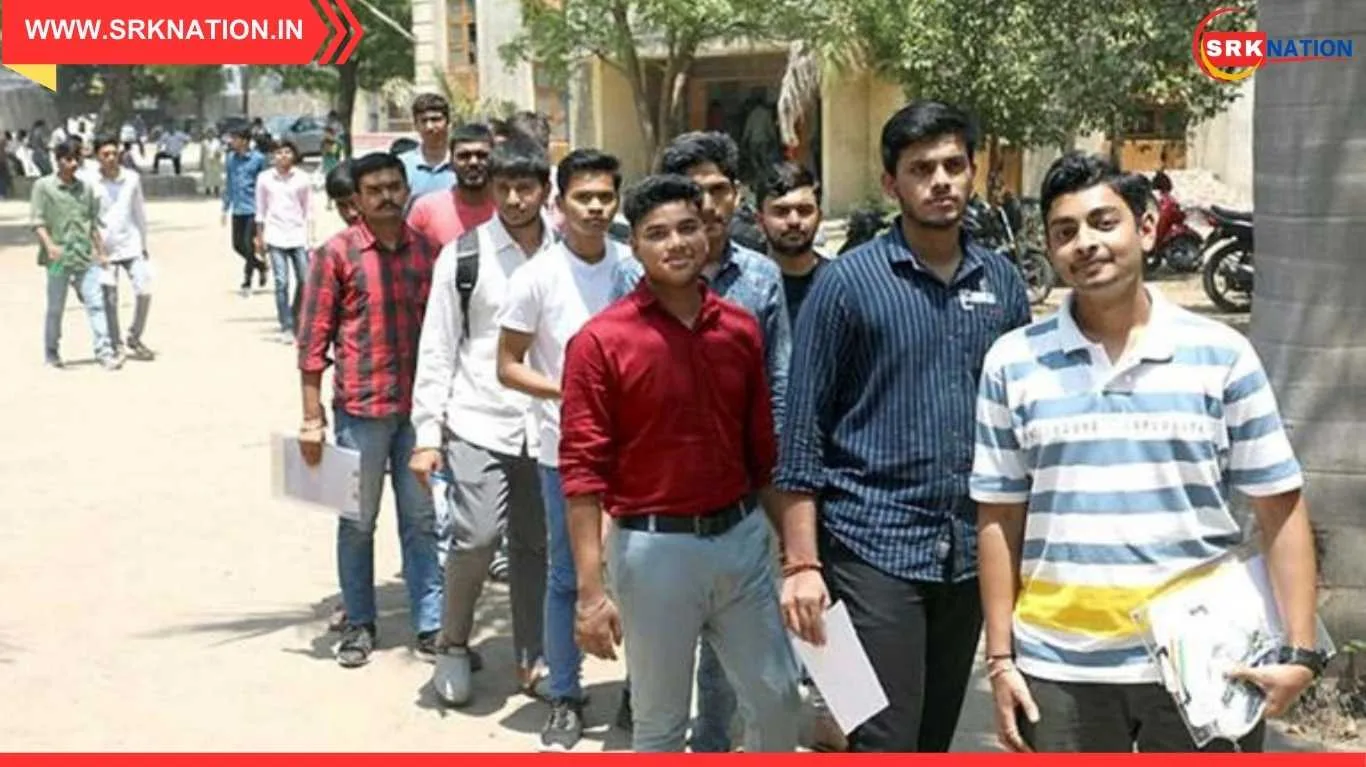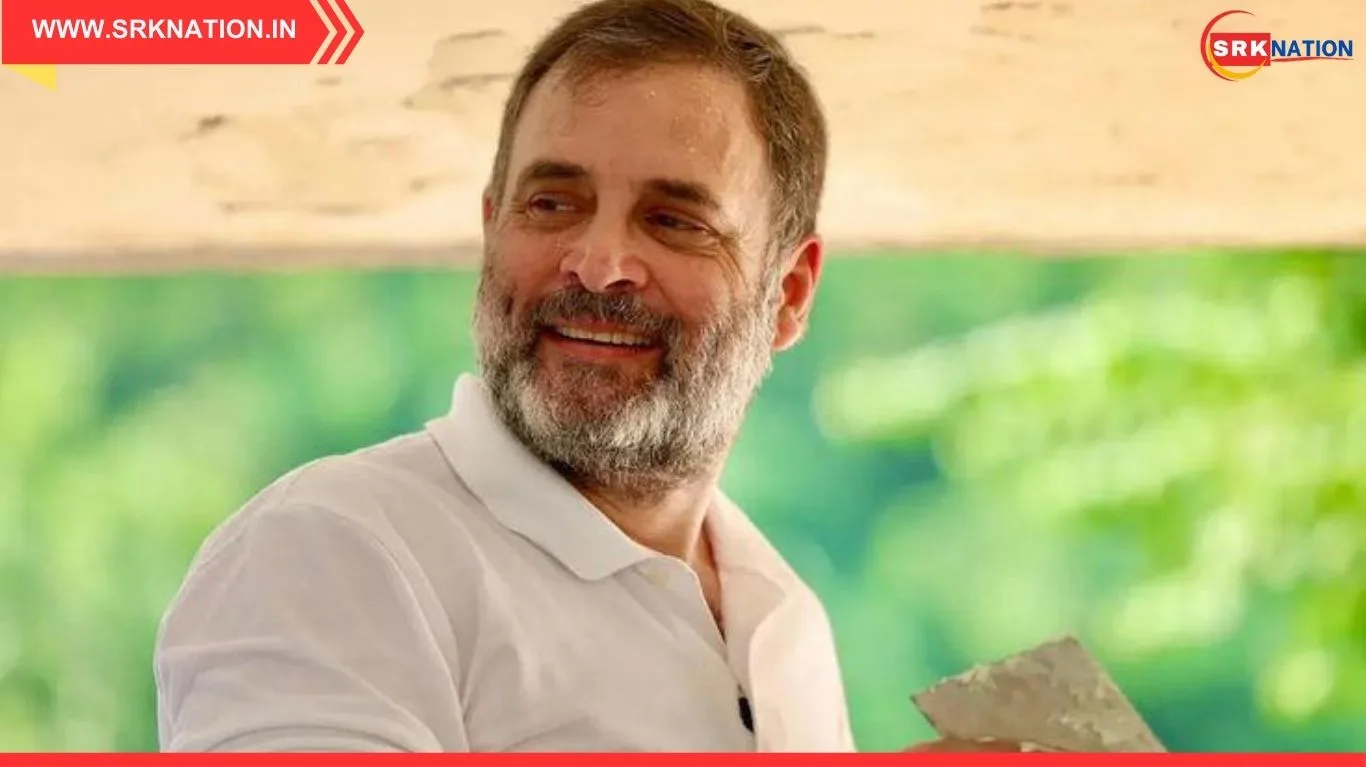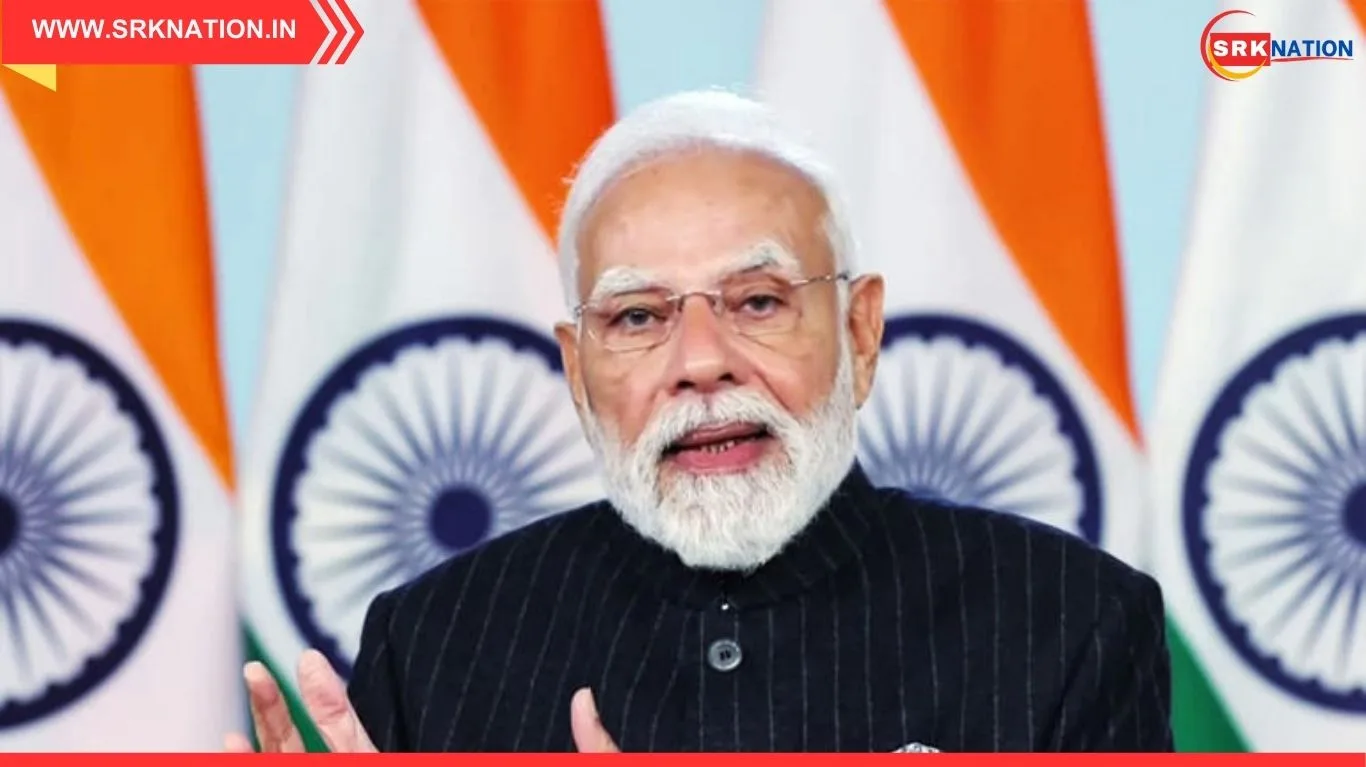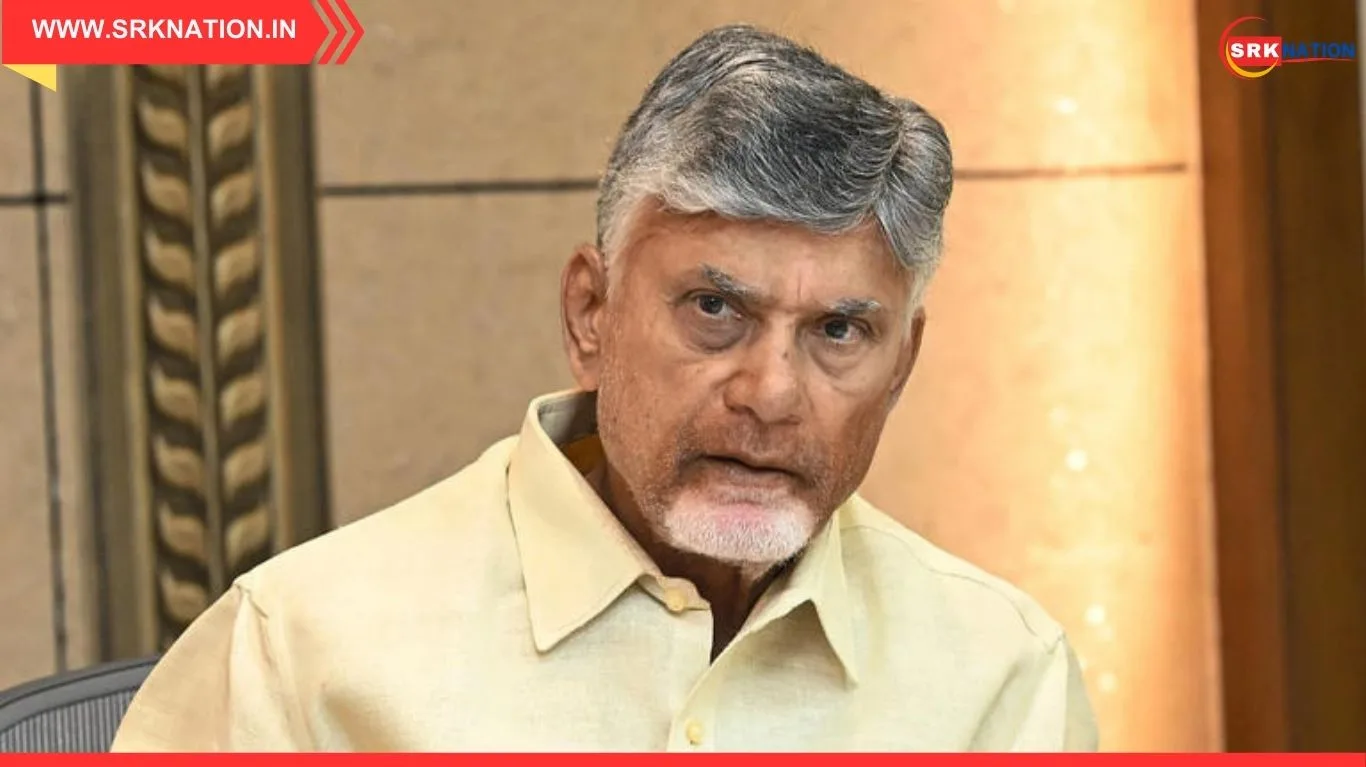India’s Ministry of External Affairs (MEA) has issued a sharp rebuttal to Bangladesh’s interim government following accusations that New Delhi played a role in the recent ethnic unrest in the Chittagong Hill Tracts. MEA spokesperson Randhir Jaiswal categorically rejected the claims, urging Dhaka to introspect and investigate the actions of local extremist groups instead of shifting blame externally.
The diplomatic row erupted after Bangladesh Home Affairs Adviser Lt Gen (Retd) Jahangir Alam Chowdhury alleged that “external influences, including India or fascist elements,” were behind the violence in Khagrachhari district on September 29. The unrest, which followed the alleged gang rape of an indigenous schoolgirl, led to deadly clashes between tribal communities and Bengali settlers, leaving at least three dead and dozens injured.
Chittagong Hill Tracts Unrest – Timeline of Events
| Date | Incident Description | Impact Summary |
|---|---|---|
| Sep 29, 2025 | Protests erupt over alleged gang rape | Tribal communities demand justice |
| Sep 30, 2025 | Clashes between tribes and settlers escalate | 3 dead, 40+ injured, homes and shops torched |
| Oct 1, 2025 | Bangladesh adviser blames “external forces” | India named among alleged instigators |
| Oct 3, 2025 | MEA issues official response | Rejects allegations, calls for introspection |
In its official statement, the MEA said, “We categorically reject these false and baseless allegations. The interim government, which is unable to maintain law and order in Bangladesh, has routinely sought to shift the blame elsewhere. It would do well to introspect and conduct serious investigations into the actions of local extremists committing violence, arson, and land grab against minority communities in the Chittagong Hill Tracts.”
The MEA’s response also highlighted the long-standing ethnic tensions in the region, particularly between indigenous groups like the Chakma and Marma and Bengali settlers. The ministry emphasized that India has consistently supported peace and stability in Bangladesh and has no role in fomenting unrest.
Ethnic Tensions in Chittagong Hill Tracts – Key Stakeholders
| Community/Group | Historical Role | Current Position |
|---|---|---|
| Chakma, Marma tribes | Indigenous inhabitants | Demand protection and land rights |
| Bengali settlers | Migrated post-independence | Accused of encroachment and aggression |
| Bangladesh Army | Deployed for peacekeeping | Injuries reported during recent clashes |
| Local Extremist Groups | Alleged instigators of violence | Under investigation |
The violence in Khagrachhari, located approximately 270 km northeast of Dhaka, has reignited concerns over minority rights and governance in Bangladesh. Witnesses reported that homes and businesses were set ablaze during the clashes, despite the deployment of security forces and curfews.
Bangladesh’s Home Adviser Chowdhury also linked the unrest to attempts to disrupt Durga Puja celebrations, claiming that “certain quarters” were trying to inflame communal tensions. However, critics argue that such statements deflect from the government’s failure to protect vulnerable communities.
Bangladesh’s Interim Government – Crisis Management Assessment
| Governance Parameter | Current Status | Observations |
|---|---|---|
| Law and Order | Fragile in tribal regions | Security forces overwhelmed |
| Minority Protection | Inadequate response to tribal concerns | Rising fear among indigenous groups |
| Political Stability | Transitional phase post-2024 uprising | Elections due February 2026 |
| Diplomatic Relations | Strained with India over allegations | MEA calls for responsible engagement |
India’s firm response underscores its unwillingness to tolerate unfounded accusations, especially during a sensitive regional phase. The MEA also reminded Dhaka of its responsibility to uphold human rights and ensure justice for victims of violence.
Security analysts believe the MEA’s statement is part of a broader strategy to counter misinformation and maintain diplomatic pressure. “India has taken a principled stand. The Chittagong violence is a domestic issue, and Bangladesh must address it internally,” said Dr. Anjali Mukherjee, a South Asia policy expert.
Social media platforms have seen a surge in engagement around the controversy, with hashtags like #MEAResponse, #ChittagongUnrest, and #IndiaBangladeshTensions trending across Twitter/X, Facebook, and YouTube.
Public Sentiment – Social Media Buzz on MEA’s Statement
| Platform | Engagement Level | Sentiment (%) | Top Hashtags |
|---|---|---|---|
| Twitter/X | 1.3M mentions | 80% assertive | #MEAResponse #IndiaBangladeshTensions |
| 1.1M interactions | 78% supportive | #ChittagongUnrest #LookWithinDhaka | |
| 950K views | 85% strategic | #SouthAsiaDiplomacy #MinorityRights | |
| YouTube | 870K views | 82% reflective | #MEAExplained #ChittagongViolence |
The unrest also poses a challenge for Bangladesh’s interim Chief Advisor Mohd Yunus, who is tasked with steering the country toward elections in February 2026. With rising ethnic tensions and international scrutiny, the government’s credibility is under pressure.
In conclusion, India’s MEA has delivered a strong diplomatic message to Bangladesh, urging it to focus on internal accountability rather than external blame. As the situation in Chittagong Hill Tracts unfolds, regional stability will depend on Dhaka’s ability to protect minorities, curb extremism, and engage responsibly with its neighbors.
Disclaimer: This article is based on publicly available diplomatic statements, verified media reports, and official commentary. It does not constitute endorsement or prediction of any geopolitical outcome. All quotes are attributed to public figures and institutions as per coverage. Readers are advised to follow official government updates for verified information.

